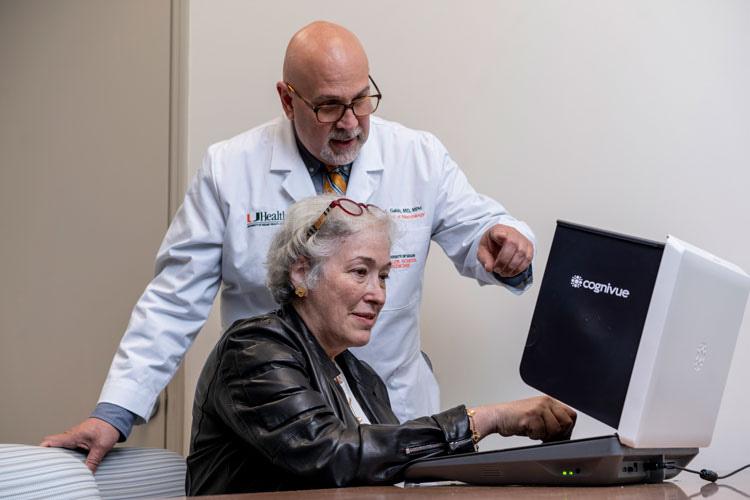
13 minute read
Scientific Publications of Note in 2022
“
Stroke Genetics Informs Drug Discovery and Risk Prediction Across Ancestries”
Published online in on September 2022, Drs. Sacco and Rundek were authors on a large genomic collaborative stroke study that informs drug discovery and risk prediction across ancestries. A large international study gathering >200,000 stroke patients and >2 million control individuals from five different ancestries identified association signals for stroke and its subtypes at 89 (61 new) independent genetic loci. The study provides critical insight to inform future biological research into the pathogenesis of stroke and its subtypes. This was one of the most impactful articles published in Nature in 2022.
https://www.nature.com/articles/s41586-022-05165-3
“Associations
Between Vascular Risk Factors and Perivascular Spaces in Adults with Intact Cognition, Mild Cognitive Impairment, and Dementia”
Published September of 2022 in , the research led by Dr. Rundek, contributes to a growing knowledge of brain imaging biomarkers of aging and age-related cognitive changes As a potential biomarker, enlarged perivascular spaces around small intracerebral vessels may be an early indicator of dysfunctional transport of nutrients and clearance of waste products, which is the critical function of perivascular spaces This may be the first step in the process of neurodegeneration and other age-related brain disorders https://pubmed.ncbi.nlm.nih.gov/35871327/
“Cardiovascular Correlates of Sleep Apnea Phenotypes:
Results from the Hispanic Community Health Study/Study of Latinos”
In this article published online in the in April 2022, Dr. Ramos and colleagues reported three different subtypes of sleep apnea that are linked to cardiovascular risks among Hispanics. The team’s goal was to characterize obstructive sleep apnea phenotypes in Hispanics/Latinos and examine prevalent and incident stroke risk factors Findings in this publication are important because identifying obstructive sleep apnea phenotypes can facilitate personalized care, better inform treatment decisions, and could lead to improved clinical outcomes https://journals plos org/plosone/article?id=10 1371/journal pone 0265151
"Genome-Wide Association Study of Executive Function in a Multi-Ethnic Cohort Implicates LINC01362: Results from the Northern Manhattan Study”
Published in Neuroscience of Aging in December 2022, this research (that involved Drs Sacco, Rundek and other EMBI associates) was novel and unique as there were only few genome-wide association studies (GWAS) of executive function, and none conducted in underrepresented minority populations A GWAS composite measure of executive function that included measures of mental flexibility and reasoning using data from the Northern Manhattan Study, was done on a racially and ethnically diverse cohort (N=1077, 69% Hispanic, 17% non-Hispanic Black and 14% non-Hispanic White) Four SNPs located in the long intergenic non-protein coding RNA 1362 gene, LINC01362, on chromosome 1p31 1, were significantly associated with the composite measure of executive function in this cohort (top SNP rs2788328, ß=0.22, p=3.1×10−10). The data showed that when using a diverse sample from three race/ethnic groups, evidence was found for common variants on 1p31.1 to be significantly associated with a composite measure of executive function. Further investigation into the role of this region in executive function is warranted. https://www.sciencedirect.com/science/article/abs/pii/S0197458022002524
“Patterns of Healthcare Use and Mortality After Alzheimer's Disease or Related Dementia Diagnosis Among Alaska Native Patients: Results of a Cluster Analysis in a Tribal Healthcare Setting”
This paper published in in July 2022 reports on research done by Dr. Galvin and colleagues on Alaska Natives and American Indians (AN/AI), who now represent a rapidly aging population with disproportionate burdens of Alzheimer's disease and related dementias (ADRD) risk factors The study objective was to characterize healthcare service use patterns and mortality in the years following ADRD diagnosis for patients in an Alaska Native Tribal health system The study sample included all AN/AI patients aged 55 or older with an ADRD diagnosis who were seen between 2012-2018 (n = 407) Cluster analysis was used to identify distinct patterns of healthcare use for primary care, emergency and urgent care, inpatient hospital stays and selected specialty care. They compared demographic and clinical factors between clusters and used regression to compare mortality. Results indicated that those receiving the most services had the greatest healthcare-related needs and increased mortality. Future research could isolate factors that predict service use following ADRD diagnosis and identify other differential health risks. https://pubmed.ncbi.nlm.nih.gov/36072365/
“Validity of the NIH Toolbox Cognitive Battery in a Healthy Oldest-old 85+ Sample”
This is one of the first McKnight Brain Aging Registry (MBAR) papers with others to be submitted and/or published It was written by several of our MBAR researchers including Drs. Rundek and Levin, and was published online (ahead of print) in 2022 This paper is novel in its discussion of an important research tool being tested in an over 85 cohort The research concluded that the NIH Toolbox Cognitive Battery (NIH TB-CB) is a valid assessment for the oldest-old samples, with relatively weak validity in the domain of executive functioning. This cohort’s ability to use a computer may impact composite scores, possibly due to the executive demands of learning to use a tablet. Strong relationships of executive function with other cognitive domains could be due to cognitive dedifferentiation Overall, the NIH TB-CB could be useful for testing cognition in the oldest-old and the impact of aging on cognition in older populations https://www cambridge org/core/journals/journal-of-the-international-neuropsychologicalsociety/article/validity-of-the-nih-toolbox-cognitive-battery-in-a-healthy-oldestold-85sample/65D80CA089651B24321E21D8606ABEA6
“Vascular Cognitive Impairment (VCI)”
This important review paper in Neurotherapeutics co-authored by Drs. Rundek, Tolea and Camargo among others, was issued in January of 2022. It presents recent developments in age-related vascular cognitive impairment (VCI), its mechanisms, diagnostic criteria, neuroimaging correlates, vascular risk determinants, and current intervention strategies for prevention and treatment of VCI. It also summarizes the most recent and relevant literature in the field of VCI. It concludes that VCI clinical and scientific framework that accounts for complexity of vascular factors and overlaying diagnoses will help drive translational research for improved understanding and ultimately lead to effective prevention and treatment of VCI in clinical practice. https://pubmed ncbi nlm nih gov/34939171/
The University of Miami (UM) led by Dr. Galvin uses a screening tool, the Brain Health Platform to identify Alzheimer’s risk with patients and research participants at the Comprehensive Center for Brain Health and relies on the following assessments to determine someone’s brain health and future risk; the Resilience Index, a measure of risk of ADRD, the Vulnerability Index and the Number-Symbol Coding Task, a measure of brain performance. Results showed that the Brain Health Platform can effectively and accurately identify even the very mildest impairments due to ADRD, leveraging brief yet powerful and actionable indices of brain health and risk that could be used to develop personalized, precision medicine-like interventions This study is discussed in the Journal of Alzheimer’s Disease in (in press)
“Age-related Focal Thinning of the Ganglion Cell-inner Plexiform Layer in a Healthy Population”
Published in June, 2022 in Quantitative Imaging in Medicine and Surgery, our EMBI neuroophthalmologists Drs. Jiang, Wang, Rundek, Levin and colleagues wrote about their research exploring changes to the retina as an early biomarker of the aging process Learning the underlying age-related biological phenomena is important to improve the understanding of the ageing process
This is the first study to apply UHR-OCT for visualizing the age-related alteration of intraretinal layers in a general population The most profound change of the optic nerve fiber is an oval-like focal thinning in GCIPL, which occurred in the inferior sector within the inner annulus and was strongly related to increased age https://qims amegroups com/article/view/92965/html


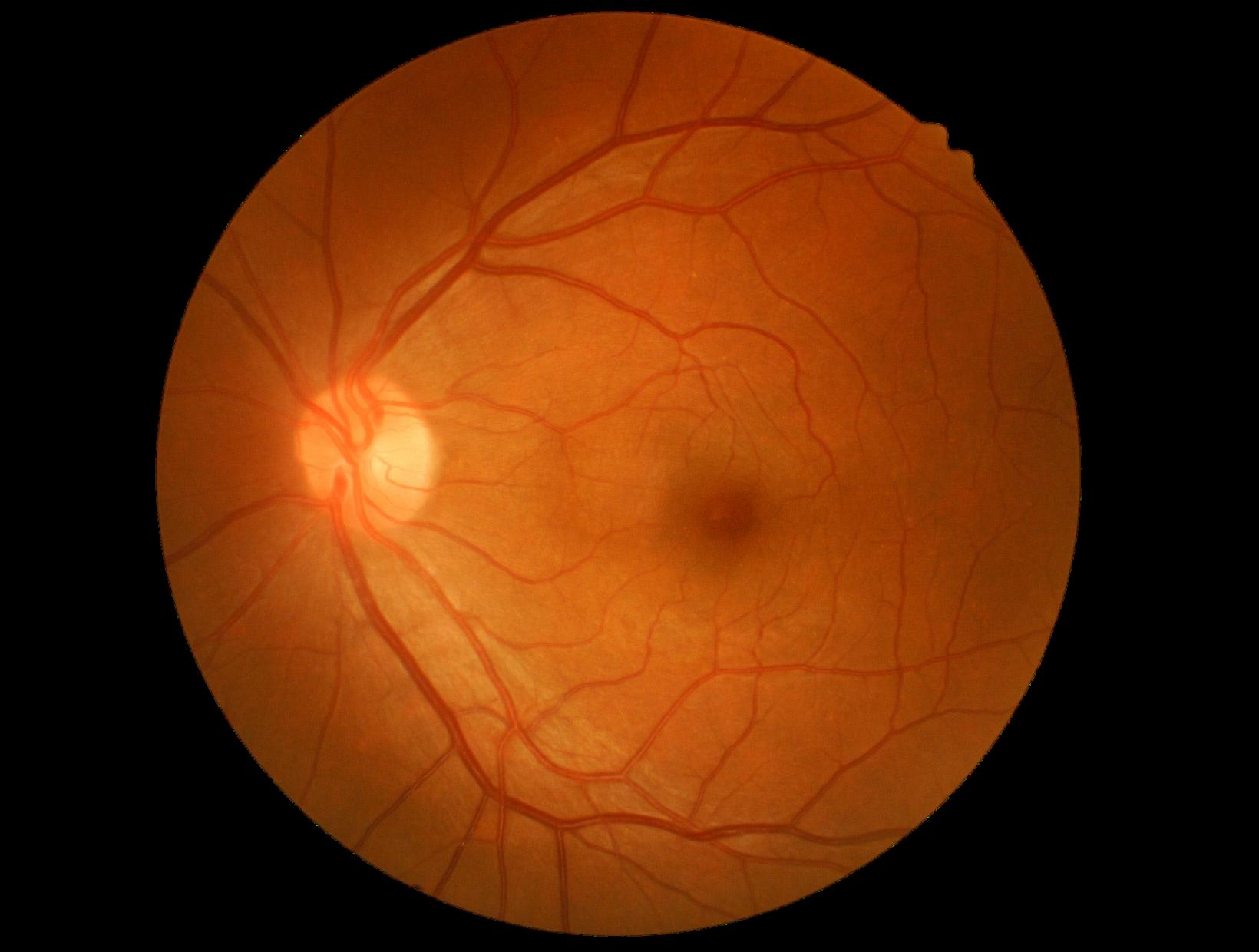
“Structural Basal Ganglia Correlates of Subjective Fatigue in Middle-Aged and Older Adults”
Led by Dr. Levin and her trainee Nik Banerjee, this research on structural basal ganglia correlates was published in December 2022 in the Journal of Geriatric Psychiatry and Neurology It is significant because fatigue is highly prevalent in all phases of aging and is understudied This study is among the first to show that reduced basal ganglia volume is an important neurostructural correlate of subjective fatigue in physically able middle-aged and older adults without neurological conditions https://journals sagepub com/doi/10 1177/08919887211070264
We are a Collaborative Integrative Translational Trans-disciplinary Institute (CITTI) of over 100 clinical and translational scientists dedicated to translating discoveries into interventions to reduce agerelated memory loss and improve brain health in partnership with communities
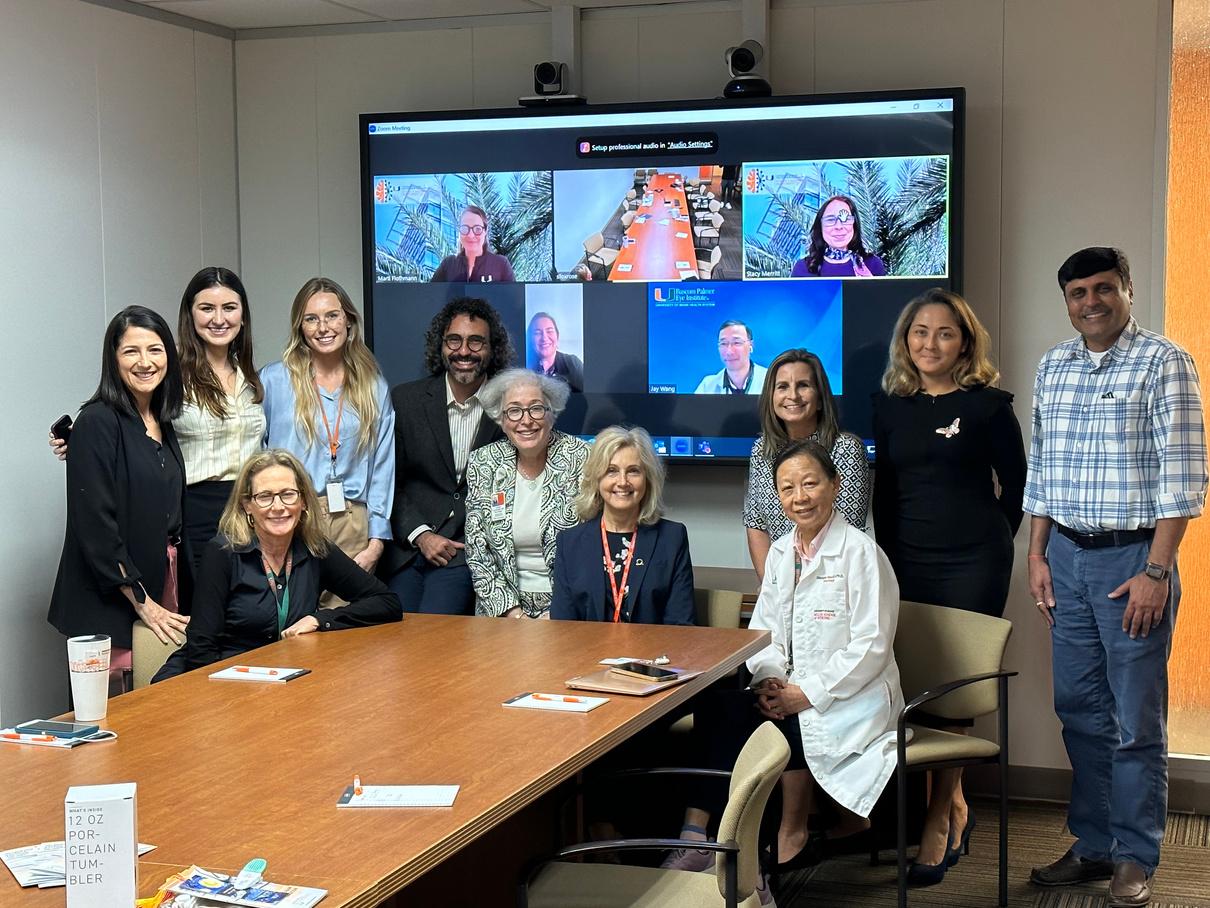
Our EMBI places an emphasis on the strengths of our research training and clinical team in close integration with our programmatic clinical activities through our Clinical Cognitive Division (Dr Galvin, Director), Memory Clinic (Dr Baumel, Lead) with the Department of Psychiatry's CNSA (Dr Loewenstein, Director, and Drs Crocco and Curiel, Co-directors), the Comprehensive Center for Brain Health (Dr Galvin, Director) and Schoninger Neuropsychology program (Dr Levin, Director), which fosters effective research translation strategies for early diagnosis, treatment and prevention of agerelated memory loss and cognitive decline.
Dr. Galvin has been appointed Director of the Cognitive Division this year to lead our clinical team in the cognitive division in collaboration with EMBI Our clinicians are Dr Bernard Baumel, Lead of the UM Memory Program, Dr Xiaoyan Sun, Educational Director and Co-Director of the UM Brain Endowment Bank, Dr Christian Camargo our AAN/MBRF Scholar, and Dr Michelle Marrero, a former EMBI Clinical Fellow. Our clinical training and educational program in aging and age-related cognitive impairment of our EMBI is housed in the Cognitive Division of the Department of Neurology.
Comprehensive Center for Brain Health
Dr. Galvin is the EMBI Cognitive Division Director, and Director of the Comprehensive Center for Brain Health (CCBH). His CCBH is fully operational now, with staff, clinicians and trainees totaling almost 30 individuals. This officially extends our cognitive aging scope of scientific research, clinical care, and ability to make an impact on, and to influence patients and community members from the Florida Keys to Boca Raton and the Palm Beaches Dr Galvin was named the Alexandra and Bernard Schoninger Endowed Chair in Memory Disorders The ceremony will take place on January 19, 2023 The Schoningers were home builders and shopping center pioneers whose children attended University of Miami and thus were delighted to make gifts to the University that went further through other matching gifts This gift was matched by the MBRF gift in 2014, creating the Evelyn F. McKnight Endowed Chair for Learning and Memory in Aging that Dr Rundek holds, as well as the Schoninger Endowed Chair in Memory Disorders that is held by Dr Galvin
Schoninger Neuropsychology Program
Led by Dr. Bonnie Levin, the Schoninger Neuropsychology Program provides a full range of interventions designed to mitigate age-related memory loss and other cognitive changes associated with the aging process Used in conjunction with neuropsychological testing to identify areas of cognitive weakness, patients are offered a uniquely tailored program to address their specific needs in areas that offer potential for intervention This precision-based delivery of services focuses on developing realistic goals and practical, accessible plans of action A major strength of the program is that nearly all of the interventions can be administered via a virtual platform or face-to-face meetings Dr. Katalina McInerney is an instrumental part of the program She sees patients clinically as well as participates in research projects She contributes to clinical trials spanning from administering neuropsychological tests and tracking/monitoring the cognitive abilities and mood of participants on large sponsored clinical trials and assists in the design and implementation of site initiated clinical trials. The program has seven faculty who see patients, four fellows and ten practicum students. A main research focus of the Schoninger Program is to investigate and mitigate frailty-associated risk of cognitive decline through the Frailty Research Program that collects information for the Frailty Registry. The Frailty Registry database currently has over 500 participant records with over 100 individual-level variables.
Center for Neuroscience and Cognitive Aging (CNSA)
Led by Dr. David Loewenstein, the CNSA includes Dr Curiel, a recognized minority leader in AD clinical research and Diversity Core Lead of the 1FL ADRC, and the CNSA Medical Director, Dr. Elizabeth Crocco, who is a recognized clinical AD investigator and Chief of Geriatric Psychiatry This Center’s mission is to be a national and international leader in understanding the aging brain and a hub to develop and implement the most state-of-the-art techniques for the study of brain disorders
The CNSA is grounded upon three pillars: research, clinical care and education Their scientists are leaders in the development of cutting-edge methodologies to diagnose and treat cognitive disorders In 2022, the CNSA and EMBI continued as collaborators on the 1FL ADRC and continued to meet regularly on the translational vascular imaging projects VIP and IMAGINE

Brain Endowment Bank
The Department of Neurology Brain Endowment Bank™, led by Dr. William Scott and Dr. Xiaoyan Sun (is one of six NIH designated NeuroBioBank brain and tissue biorepositories in the nation with a large AD/ADRD and control brain repository from diverse populations The Brain Endowment Bank encourages brain donation to support medical and scientific researchers, who study the human brain in search of better medications and treatments, and ultimately a cure for brain diseases and disorders EMBI and the Cognitive Division participate and support collaborations with this outstanding UM Neuroscience Program including Drs. Regina Vontell and David Davis. Dr. Sun will take on a role requiring more responsibility at the NeuroBioBank in 2023, including the coordination of brain cutting sessions for EMBI Members and Collaborators. Both Dr. Vontell and Davis’s grants in 2022 are listed on pages 50 and 52. Dr. Davis completed an important manuscript describing environmental exposure to atmospheric BMAA in olfactory tissues in Alzheimer's disease patients that was submitted to the journal Toxicology Reports.
The world-renowned UM Bascom Palmer Institute (BPI) has been ranked the #1 eye hospital in the country by the US News & World Report’s Best Hospitals issue for the 20th time this year BPI faculty, Drs. Hong Jiang and Jinhua Wang (Mentor/Faculty) are active EMBI members with a research focus on ocular biomarkers of cognitive aging and dementia They collaborate with Dr Rundek on microvasculature and microcirculation changes and with Dr Galvin on retinal amyloid imaging in brain aging, MCI and AD/ADRD They are also Co-Investigators with Dr Signorile from the Director of the Laboratory for Neuromuscular Research and Active Aging on the pilot study Circuit Resistance Training and Retinal Vascular Changes in Older Persons Drs Jiang and Wang have a collaborative grant with the UAB EMBI that is listed in the collaborative programs with other McKnight Institutes section
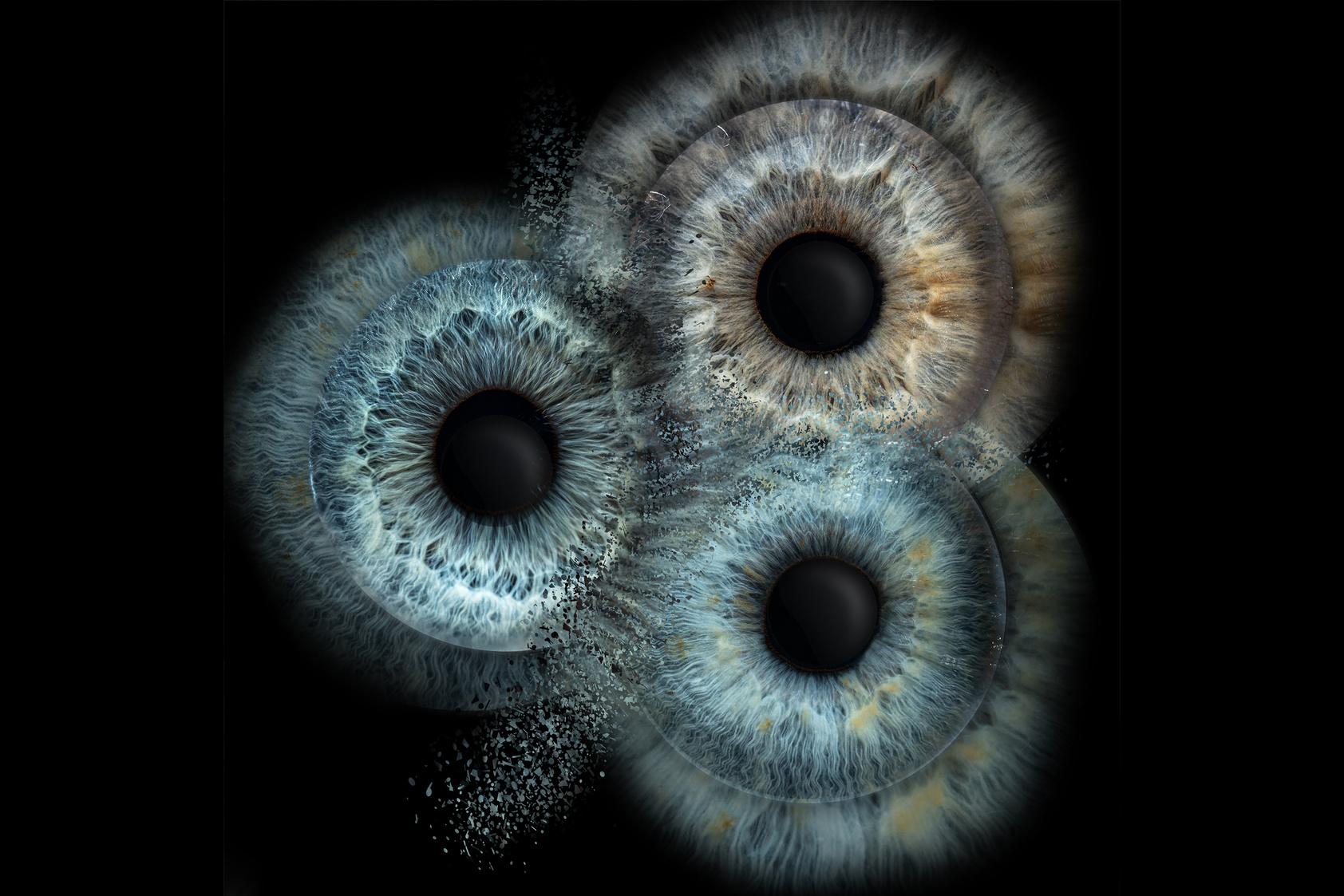

The UM Clinical Translational Science Institute (CTSI), led by Dr. Sacco is a university-wide institute dedicated to accelerating and transforming culturalized clinical translational (C/T) science and serves as the Miami Hub of the national CTSI consortium to advance scientific discoveries into improved health. The CTSI together with its programs (biostatistics, epidemiology and research design; informatics and data science; community and stakeholder engagement; team science; integrating special population; regulatory, network capacity, translational workforce development, KL2, and pilot program) provides infrastructure and resources for C/T research and clinical trial readiness to address new pandemics or emergencies and support education, training and diverse translational workforce development (TWD)
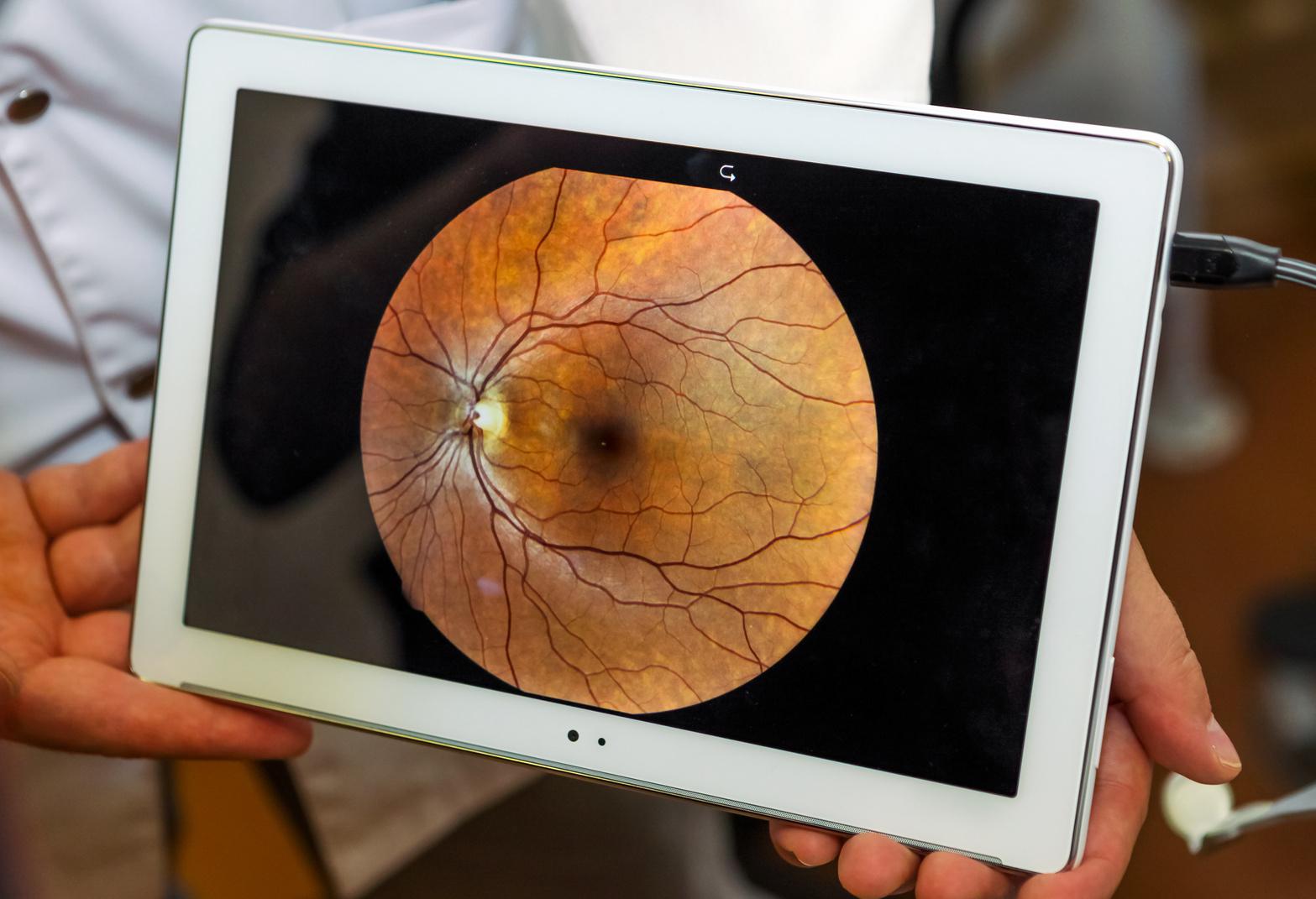
Dr. Rundek is Director of the CTSI KL2 Program and is Director of a MS degree in Clinical Translational Investigation (MCSTI), a highly integrated, cross-disciplinary program to train the next generation of translational scientists-leaders Dr Rundek participated in the CTSI renewal and submitted a CTSI K12 program grant to build upon the 10 years of success in her prior CTSI KL2 leadership, where she trained 21 Scholars who have 176 publications directly related to their KL2 projects and successfully competed for over $50M in research funding Consistent with the overall CTSI theme, half of the KL2 scholar research projects were on minority health and health disparities A new proposed CTSI K12 program will develop a robust, broad clinical translational workforce of diverse scientists who are not only domain experts but also bring a more nuanced, systems-level understanding of translational research and dissemination and implementation science to improve the health of our community, address health disparities and promote health equity.
Frost School of Music
The Frost School of Music at the University of Miami is one of the most highly acclaimed innovative music schools in the United States It is a progressive school that fosters students to build themselves into self-assured music professionals Its award-winning faculty vigorously and effectively seeks to improve the world through ardent musical performances, impactful research, and exceptional teaching Drs. Theresa Lesiuk, Xiaoyan Sun, Bonnie Levin and Roger McIntosh collaborated on the project The Neural Network Connectivity of Autobiographical Music in Adults with Mild Cognitive Impairment and Mild Alzheimer’s Disease. The aims of the project are to investigate the activated neural networks of autobiographical versus novel music in the patients with Mild Cognitive Impairment (MCI) and mild Alzheimer’s disease (mAD). The study uses a within-subjects and between-subjects design with 24 participants with MCI/mAD and a control group of 10 cognitively normal controls The three conditions (i e , recorded autobiographical music, novel music, white noise) will be randomly counter-balanced This will foster significant collaborations with the arts and cognitive aging
OneFlorida ADRC (1FL ADRC) continues to operate under the leadership of Dr. Loewenstein, one of the 1FL ADRC Directors Dr. Rundek serves as Co-Director of 1FL ADRC REC AlzSTARS (Alzheimer’s Science Training to Advance Research Success) together with Dr Glenn Smith from UF Two AlzSTARS post-doctoral graduates are part of EMBI, Magdalena Tolea, CCBH and Regina Vontell, UM Brain Endowment Bank Together with 1FL ADRC, UM has a strong national presence in AD/ADRD genetic research, particularly in minority populations though the Hussman Institute for Human Genomics (HIHG).
Hussman Institute for Human Genomics (HIHG) is led by Dr. Margaret Pericak-Vance. HIHG is leading a national initiative in the whole genome sequencing for ethnically diverse AD cohorts and the project on the origin of AD in people of African Ancestry. The HIHG received a National Human Genome Research Institute (NHGRI) and NIA grant of over ten million dollars to focus on individuals with mixed genetic backgrounds. This research champions UM’s commitment to diversity and hemispheric collaborations. Dr. McInerney, part of the Schoninger Neuropsychology Program, is a neuropsychologist on the Whole Genome Sequencing in Ethnically Diverse Cohorts for the Alzheimer Disease Sequencing Project Follow-up Study focusing on adjudication, harmonization and training efforts aimed at better understanding the role of genetics in Alzheimer's disease in diverse populations
The Peritz Scheinberg Cerebral Vascular Disease Research Laboratories
The laboratories continue to conduct research on cerebral circulatory control mechanisms in animal models which have evolved over the years into studying cerebral ischemia from molecular biology to physiology and behavioral testing, with the goal of finding novel therapies. Their scientists are constantly in search of novel findings, seeking to expand the knowledge of cerebrovascular disorders with the aim to treat and enhance quality of life. Dr. Perez-Pinzon, Dr. Rundek, along with Dr. Young collectively made scientific headway with the project Investigation of the Impact of Capillaries and Neutrophils to Blood Flow Changes in a VICD Model and Mixed AD Model. Dr. Dave is a Research Associate Professor whose research includes studying potential signaling pathways responsible for neuronal death in neurodegenerative diseases, especially cerebral ischemia. He received an award from the Journal Stroke, co-authored several publications and was part of several abstract/poster presentations at scientific meetings Dr. Raval co-authored 9 manuscripts in 2022 and authored several abstracts/posters accepted at scientific meetings and conferences Dr. Pinto is an assistant research professor who has been involved in understanding the possible neuronalspecific role of mitochondrial dysfunctions and mitochondrial DNA deletions and depletion in different mouse models of aging and neurodegenerative diseases Dr. Oliver Bracko, our most recent scientist collaborator, received three grants including 1 NIH co-authored 2 publications and gave 5 presentations at scientific meetings
We continued to fulfill our mission and vision via our ongoing partnerships and collaborations in 2022. This illustration captures the expansive reach of our cross departmental and disciplinary relationships, which truly enhance our EMBI.
We maintained working relationships and collaborations with our key and enduring programs, solidified existing ones and developed new ones. Here is an overview of our closest programmatic ties.







